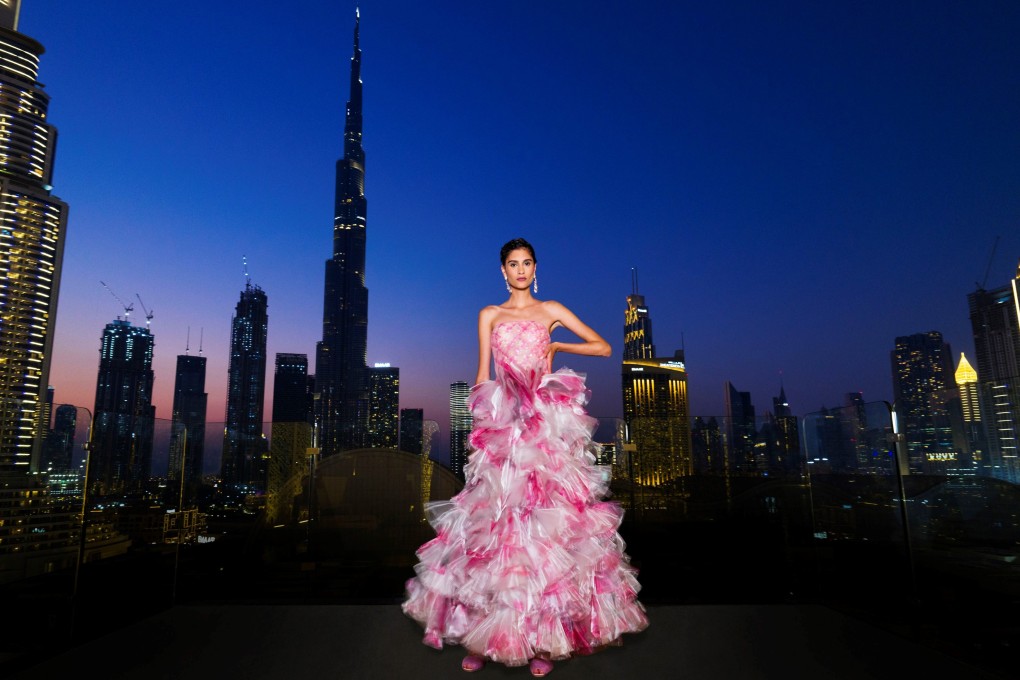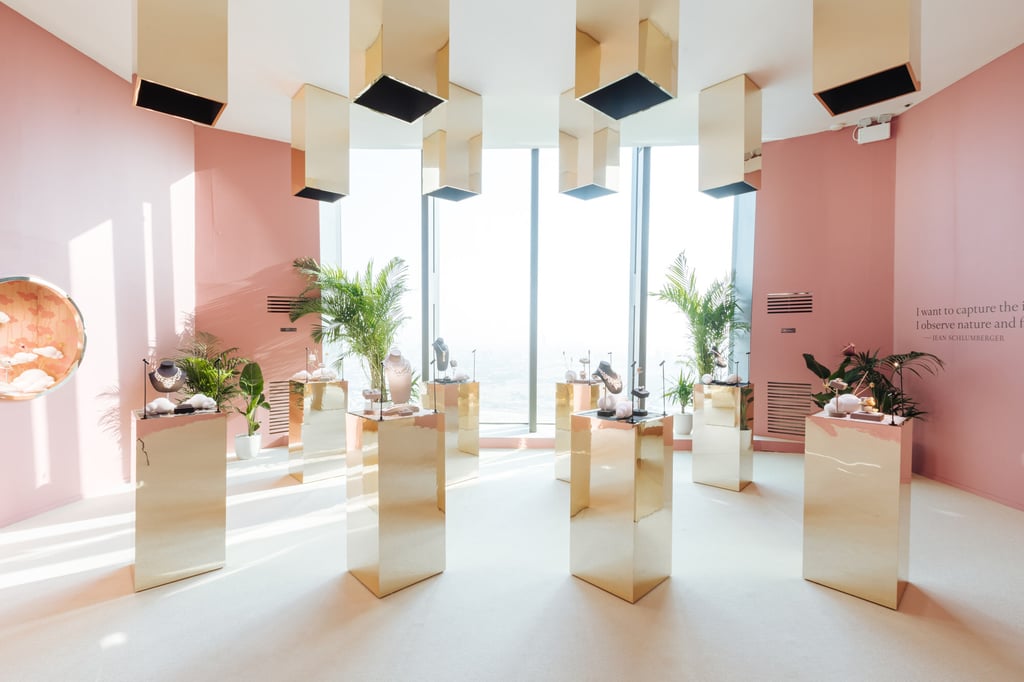For luxury brands such as Dior, Chanel and Armani, Dubai shows its importance, having reopened early after the Covid-19 pandemic
- The UAE, which this year celebrated its 50th anniversary, is seeing a rise in interest from global luxury brands such as Dior, Chanel and Tiffany & Co.
- ‘While other parts of the world are closing down, this region is just going forward,’ says one Dubai-based influencer who is busier than she’s ever been

It’s noon on a Wednesday and the Manolo Blahnik boutique at Dubai Mall, in the United Arab Emirates, is full of women dressed to the nines and trying on shoes from a capsule collection marking the 50th anniversary of the luxury brand.
The event, delayed by a year because of the pandemic, is expected to attract 25 million visitors over the six months to March 31, and, despite travel restrictions because of the coronavirus pandemic, is bustling – although it may not reach that target.

Samara Punjabi, the CEO of Times Square, a company that retails and distributes brands including Manolo Blahnik in the Middle East, says: “Dubai is back. It is not just the malls that are buzzing, you cannot get a reservation at a restaurant and the traffic is crazy.”